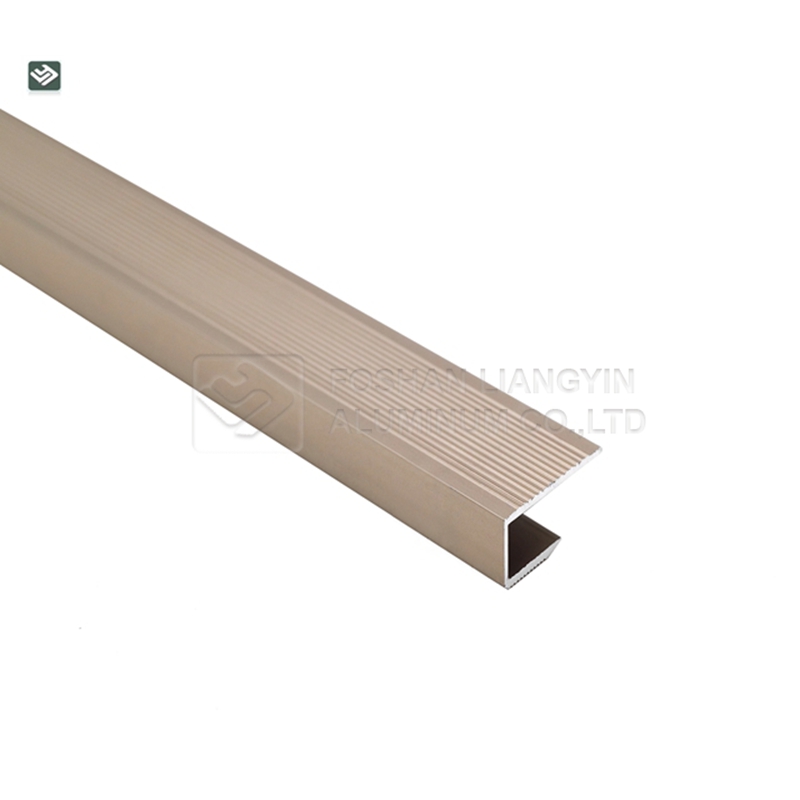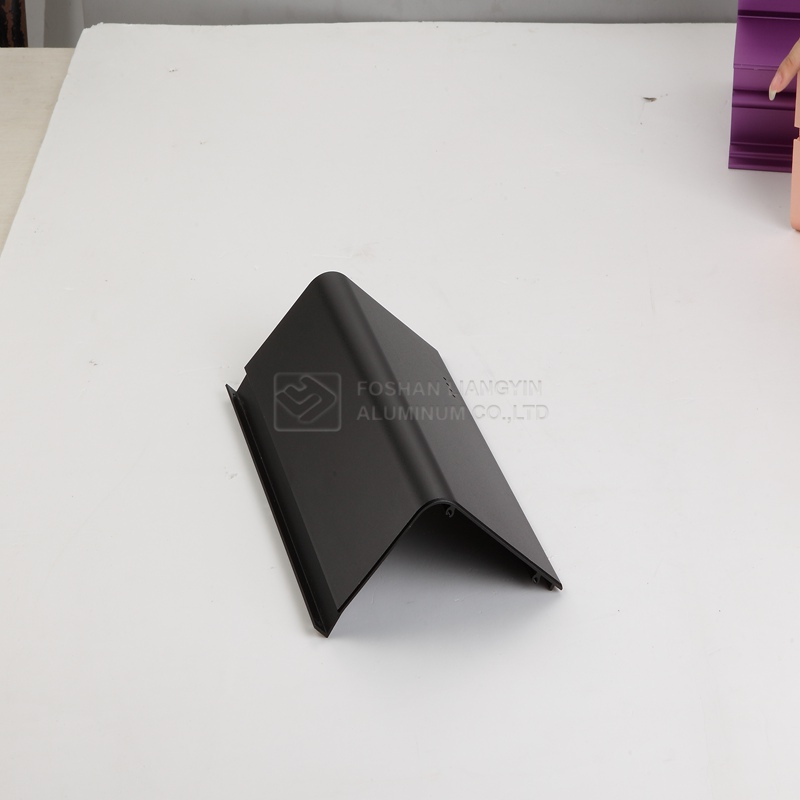(1) Use advanced instruments to measure the dimensional accuracy, hardness and surface roughness of the mold online and offline. The molds that pass the inspection and acceptance are registered, and the warehouse is put on the shelf. When in use, the polishing mold hole working belt is taken out, and the diversion mold, profile mold, and mold pad are assembled and inspected. When they are correct, they are sent to the machine for heating;
(2) The heating temperature before the machine tool is set: extrusion barrel: 400 ~ 450 ℃, extrusion pad: 350 ℃, die pad: 350 ~ 400 ℃, flat die: 450 ~ 470 ℃, split die: 460 ~ 480 ℃, holding time is calculated according to the thickness of the mold (l.5 ~ 2min / mm);
(3) The heating time of the mold in the furnace is not allowed to exceed 10 hours, and the time is too long, and the working hole of the mold hole is easy to corrode or deform;
(4) At the beginning of the extrusion of aluminum alloy profiles, the pressure needs to be slowly applied, because the impact force is likely to cause mold blocking. If mold blocking occurs, stop the machine immediately to prevent the working belt of the mold hole from being crushed;
(5) After the mold is unloaded, put it in an alkaline tank and cook it when it is cooled to 150-180 ° C, because the mold is alkali-cooked at a high temperature and is easily cracked by the impact of heat waves. And advanced erosion and cleaning methods should be adopted to recover and save lye, shorten the corrosion time and achieve pollution-free cleaning;
(6) When the mold repairer assembles the split mold, the copper rod is used to beat it gently. It is not allowed to hit it with a large hammer to avoid excessive force and shock the mold;
(7) Before the nitriding of the mold, it is necessary to carefully polish the working hole of the mold hole to a surface roughness Ra0.8 ~ 0.4μm;
(8) The mold must be cleaned before nitriding, and no oil is allowed to be brought into the furnace; the nitriding process must be reasonable (depending on the characteristics of the equipment and the mold material). The surface hardness after nitriding is HV900 ~ 1200, and the nitride layer is Thick, too hard will cause the nitride layer to peel off. A set of molds is generally allowed to be nitridated 3 to 5 times; the complex high-power tooth radiator profile mold does not perform the nitriding process;
(9) New molds, rod molds, and round tube molds of old products can be directly nitrided without trial molds; new products and complex profile molds must be nitrided after passing the trial molds;
(10) After the new mold is qualified, a maximum of 10 ingots should be unloaded for nitriding to prevent the working belt from being pulled out of the groove. Do not over-produce between two nitriding. Generally, the flat mold is 60 ~ 100 ingots, the splitting die is preferably 40 ~ 80 ingots, too much will pull the nitrided layer through.
(11) After the mold is polished, it is stored in an oil storehouse.

